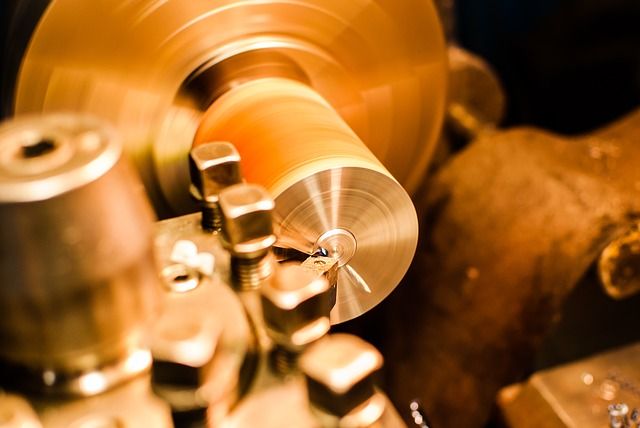Brass pipes and tubes are mostly used as plumbing fixtures for residential and commercial buildings. They belong to the C360 or free cutting brass classification. The properties that make free cutting brass the most popular for everyday architecture include corrosion resistance, ease of soldering and brazing, machinability, and availability.
Aside from C360 brass alloy, there are a lot more types of brass for sale in today’s market. Here are some of those types, what are the differences in composition, and their intended uses:
Leaded Brass – This type of brass alloy, also known as C353, has a varying amount of copper and zinc content. What makes it stand out, though, is the addition of lead. By adding a small amount of this element the alloy gets excellent machinability and added durability making it a very popular choice for many metal users.
Naval Brass – Also known as C464 in the metal industry, naval brass is made of 59% copper, 40% zinc, and 1% tin. The 1% may not seem much, but when it comes to alloy composition this is a very significant number. As the name suggests, naval brass is used for maritime applications. The addition of tin makes the brass alloy extremely durable with heightened resistance to corrosion, even when constantly exposed to saltwater.
Rich Low Brass – Another common type of brass is the rich low brass or “Tombac”. This brass alloy contains around 15 – 20% zinc and the rest of the composition is usually copper giving it a nice gold-like shine. This type of brass is most commonly used in jewelry making.
Red Brass – Also known as gunmetal, red brass is considered as both brass and bronze. The typical 85% copper, 5% zinc, 5% lead, and 5% tin composition qualifies it as a brass alloy, and yet it can also be quickly identified as bronze by its dark red color. However, sometimes red brass is also considered a special type of copper alloy when it contains 14 – 16% zinc, plus 0.05% trace amounts of iron and lead, and the rest is copper. It takes an expert eye to distinguish special copper alloys from regular brass alloys.
Yellow Brass – This type of brass alloy contains 33% zinc and 67% copper, which is why it has a lighter color. The most common uses for this alloy are for exposed pipes, handrails, and other fixtures due to its ductility, strength, and gold-like appearance.
The above-mentioned brass types are just some of the many varieties of brass that are available on the market. Most certainly, there is a type of brass available for every need and project. You just know where and how to find them. Going to a trusted supplier like Rotax Metals can be a good option.
Sources:
Brass Specifications Table Chart Review, EngineersEdge.com
Brass Alloys and Their Chemical Composition, ThoughtCo.com


